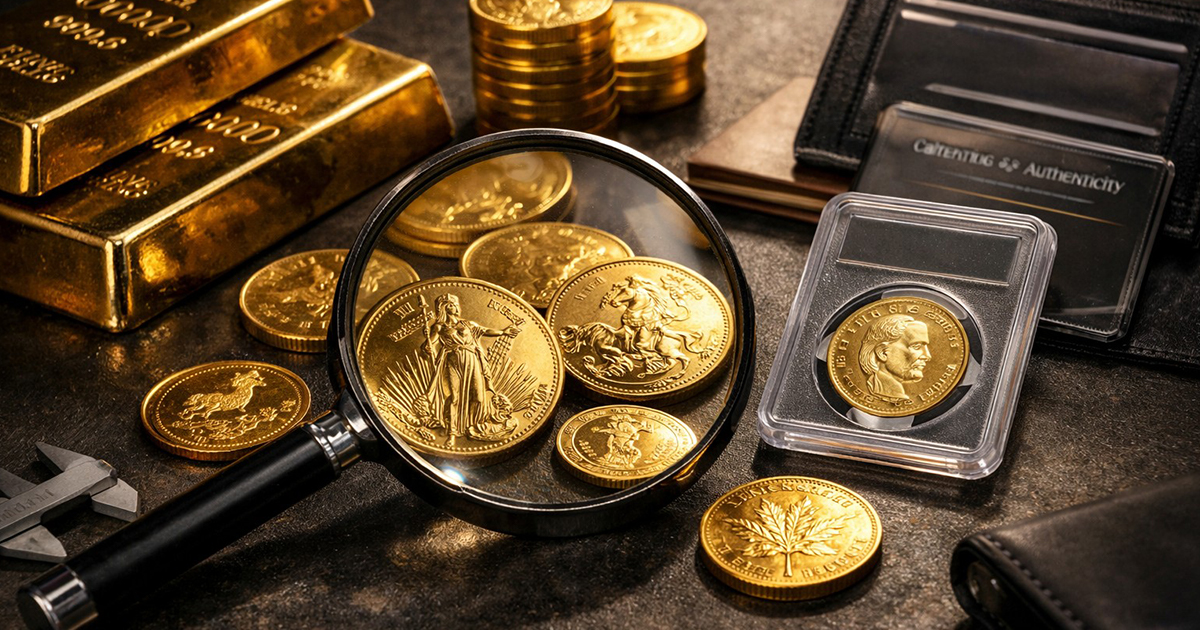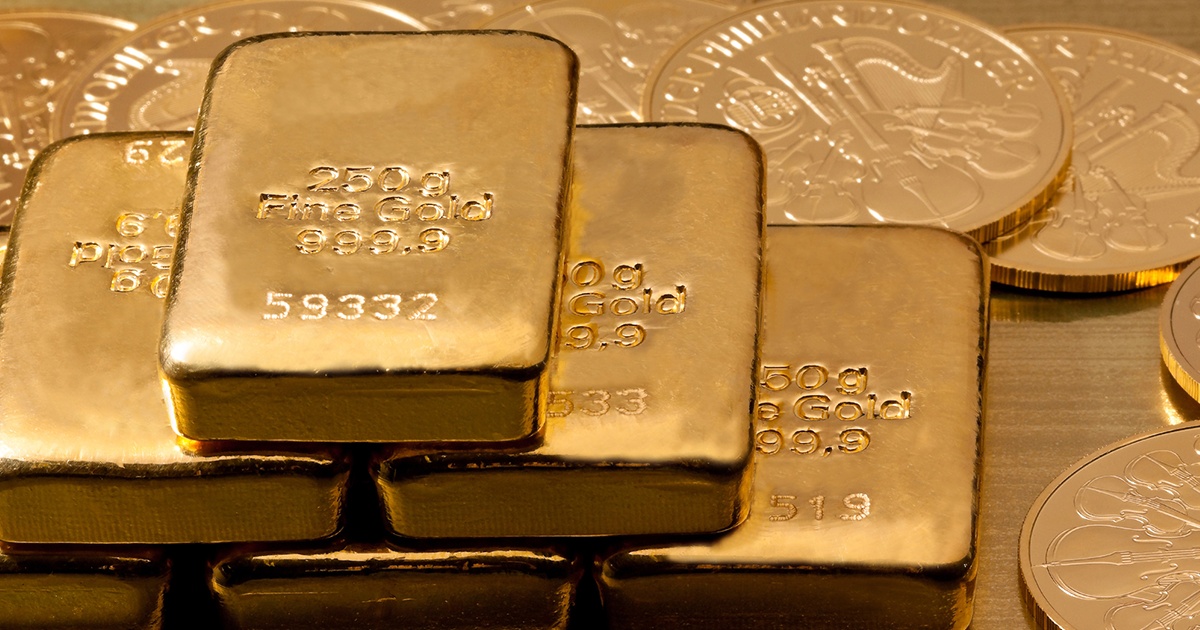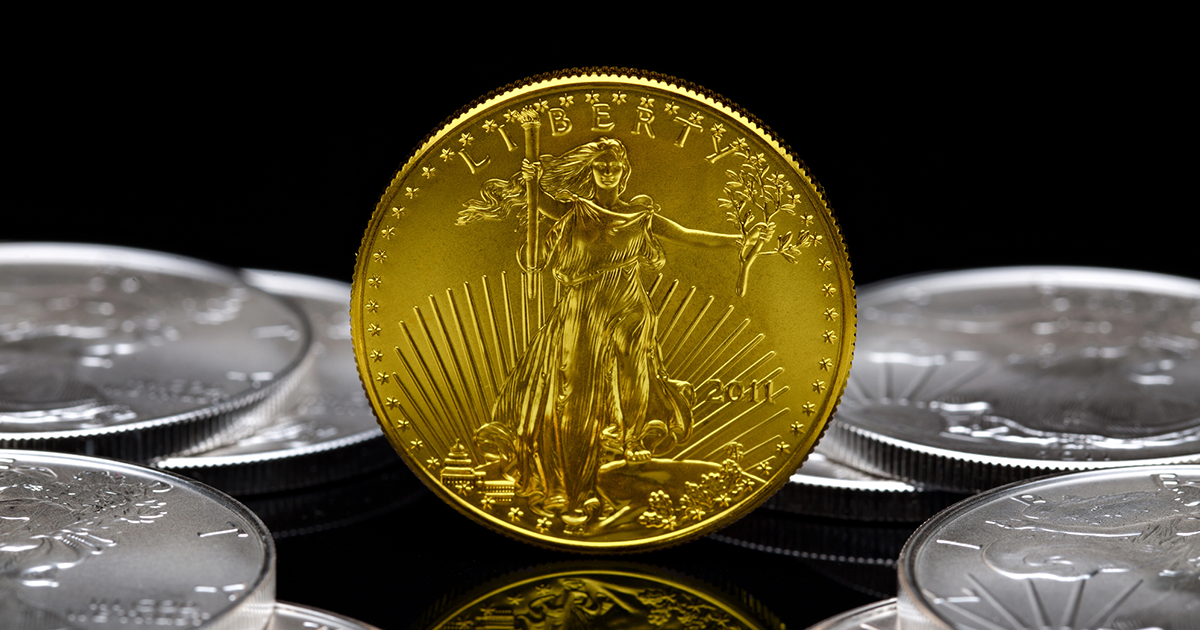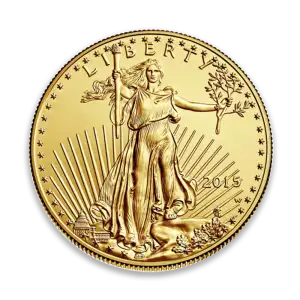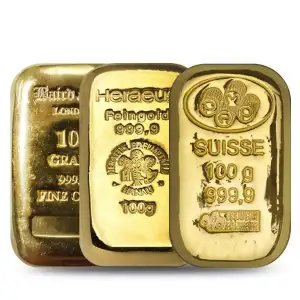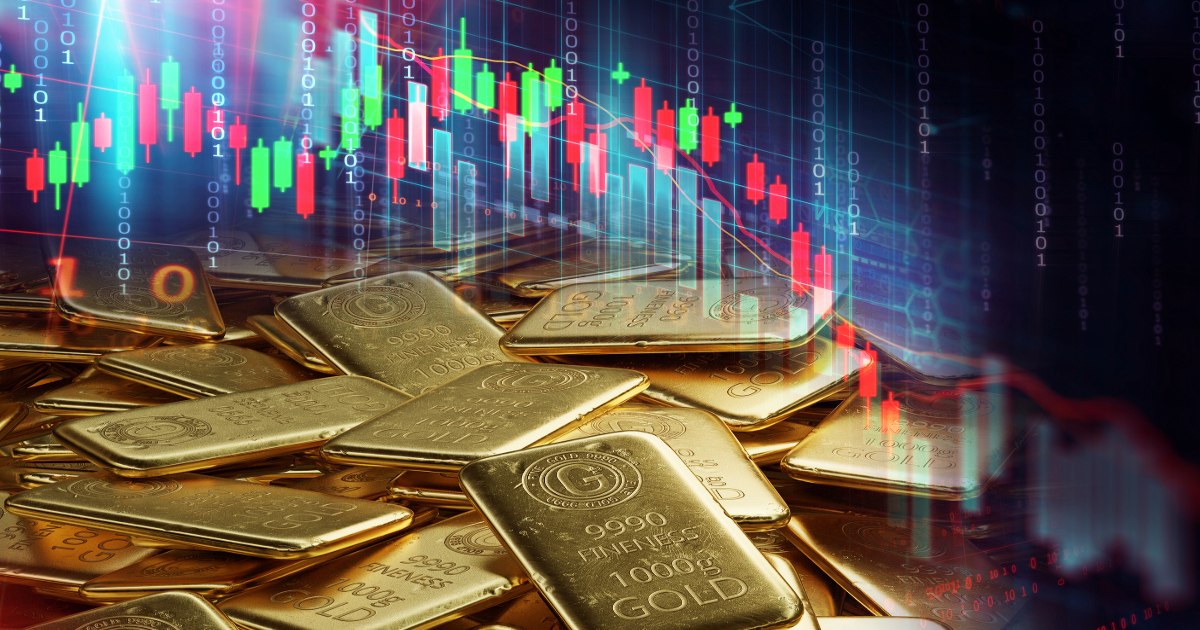
Gold and palladium are both precious metals that are commonly used as investments. Both have unique properties and potential benefits for investors, but they also have distinct differences that should be considered when deciding which one to invest in.
In this article, we will take a closer look at these two metals, and discuss the pros and cons of investing in each.
Gold
Gold is a precious metal that has been used for coinage, jewelry, and other arts throughout recorded history. It is a store of value and a natural hedge against inflation and currency devaluation. This yellow metal has been widely used as a form of investment, and it has been seen as a safe-haven asset.
Benefits Of Investing In Gold
Store of value: Gold has been used as a store of value for centuries and it has maintained its purchasing power over time. It can act as a hedge against inflation and currency devaluation, and it can help preserve wealth.
Diversification: Gold has a low correlation with other assets, such as stocks and bonds, which makes it a great diversification tool in a portfolio. Diversifying with gold can help reduce the overall risk of a portfolio by spreading investments across different asset classes.
Low correlation with other assets: Gold has a low correlation with other financial assets and physical assets, which makes it a great diversification tool. Diversifying with gold can help reduce the overall risk of a portfolio by spreading investments across different asset classes.
Long-term potential: Gold has a long-term track record of providing positive returns, making it an attractive option for long-term investors.
Hedge against market volatility: Gold is considered a safe-haven asset, which means that it can act as a hedge against market volatility. It can provide a level of stability.
Potential Disadvantages Of Gold Investment
Price volatility: The price of gold can be subject to significant fluctuations, which can make it difficult to predict the value of an investment. This can make it challenging for investors to time their investments, and it can also make it difficult to estimate the potential return on investment.
Limited growth potential: While gold is a good choice for investors looking for a traditional asset, for those looking for higher returns, other investments may be a better option.
Taxation: Investing in gold can have tax implications depending on how you choose to invest. For example, investing in physical gold can be subject to capital gains tax when you sell.
Palladium
Palladium is a rare, silvery-white precious metal that has a wide range of uses in various industries.
Palladium is used in applications such as dentistry, electronics, and the automotive industry. It is also used in catalytic converters in cars to reduce emissions and in the production of fuel cells. Because of this, palladium has a high industrial demand, hence high prices.
Benefits Of Investing In Palladium
High demand: Since palladium is primarily used in the automotive and electronic industries and with the increasing adoption of electric vehicles, the demand for palladium is expected to rise in the coming years, potentially leading to higher prices and potential returns for investors.
Industrial use: This precious metal is used in various industrial applications such as catalytic converters, electronics, cell phones, dental products, and more. This reduces the reliance on jewelry demand compared to other precious metals like gold and silver, making it less affected by changes in fashion trends.
Rising price: Palladium prices have been consistently rising in recent years due to the huge demand from the automotive and electronic industries. In fact, palladium has even surpassed the price of gold and reached record highs, offering potential returns for investors.
Limited supply: Palladium is primarily mined as a by-product of nickel and platinum mining, making its supply limited. This, combined with consistent demand, helps to support the value of palladium over time.
Potential Disadvantages Of Palladium Investment
Price volatility: The palladium price can be affected by various factors such as changes in demand, supply disruptions, and economic conditions, which can make it challenging for investors to time their investments, and it can also make it difficult to estimate the potential return on investment.
Limited liquidity: Palladium is not as widely traded as other precious metals such as gold and silver, which means that it can be more difficult and time-consuming to buy and sell, especially in large quantities. This can make it less liquid than other investments.
Taxation: Investing in palladium can also have tax implications based on your choice of investing.
How Can You Invest In Precious Metals
One of the most traditional ways to invest in palladium and gold is to buy physical coins or bars. These can be stored at home or in a safe deposit box, and they can be bought and sold at any time.
Exchange-traded funds (ETFs) are a popular way to invest in palladium and gold. ETFs track the price of gold or palladium and can be bought and sold like stocks. The ETFs are backed by physical gold or palladium, which means that the ETFs provide the same returns as the underlying assets.
Investing in mining stocks can provide exposure to the price of palladium and gold, but it also includes the risks associated with the mining industry, such as operational risks and commodity price fluctuations.
Precious metal IRA: Precious Metals IRA allows investors to hold physical silver, gold, platinum, and palladium within an IRA account. It gives investors the ability to invest in precious metals without worrying about storage, insurance, and potential taxes when selling.
Bottom Line
In conclusion, both gold and palladium are precious metals that are commonly used as investments, but they have distinct differences that should be considered when deciding which one to invest in.
Gold is a traditional safe-haven asset, whereas palladium is primarily used in the automotive and electronics industries and has a higher potential for growth. Investors should consider their overall goals, risk tolerance, and the current supply and demand situation before making any investment decisions.
It's also important to consult with a financial advisor and conduct research before investing in gold or palladium. Whether it's gold or palladium, these precious metals can be a good addition to an investment portfolio, providing a tangible asset and hedge against economic uncertainty.

